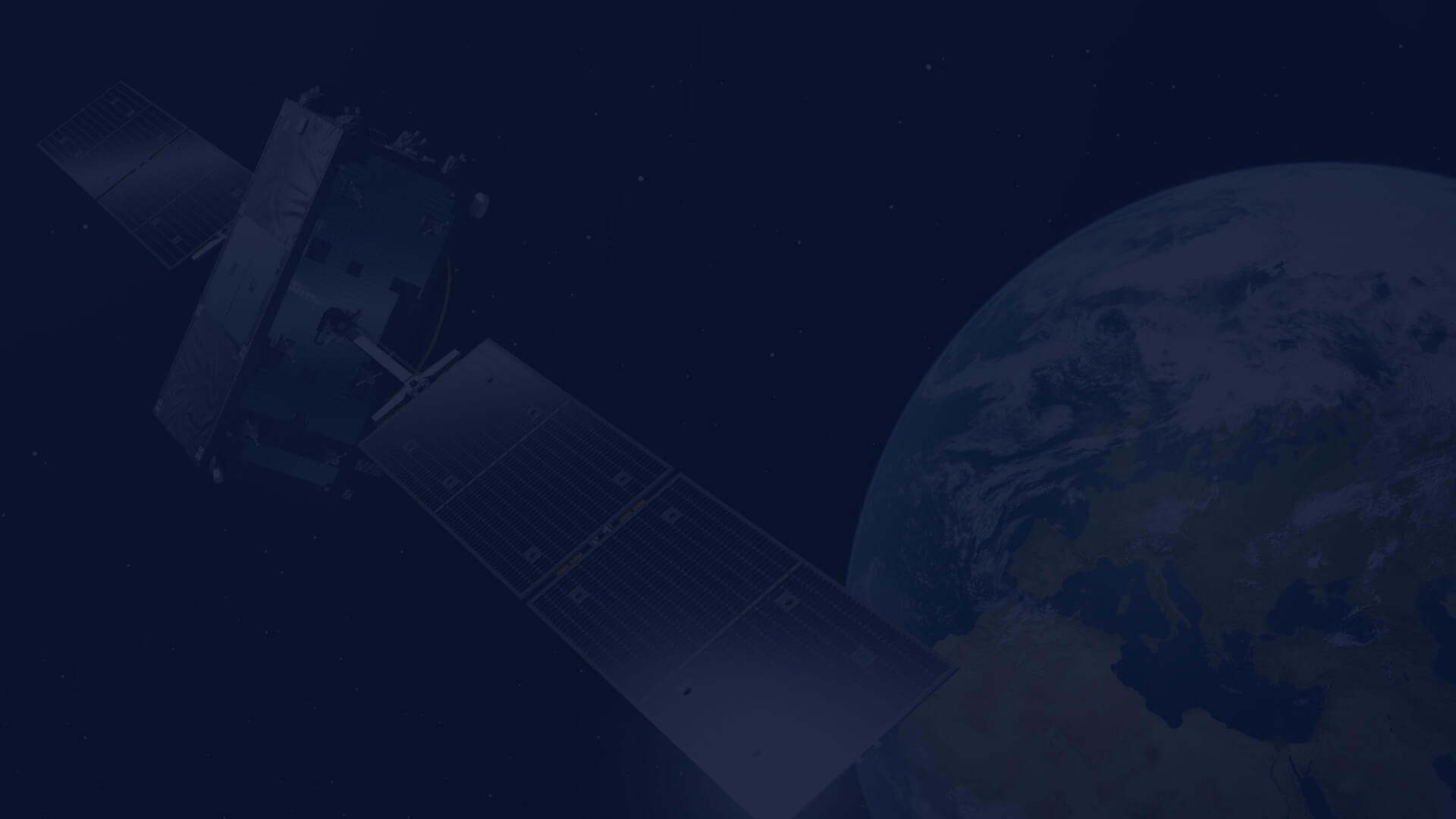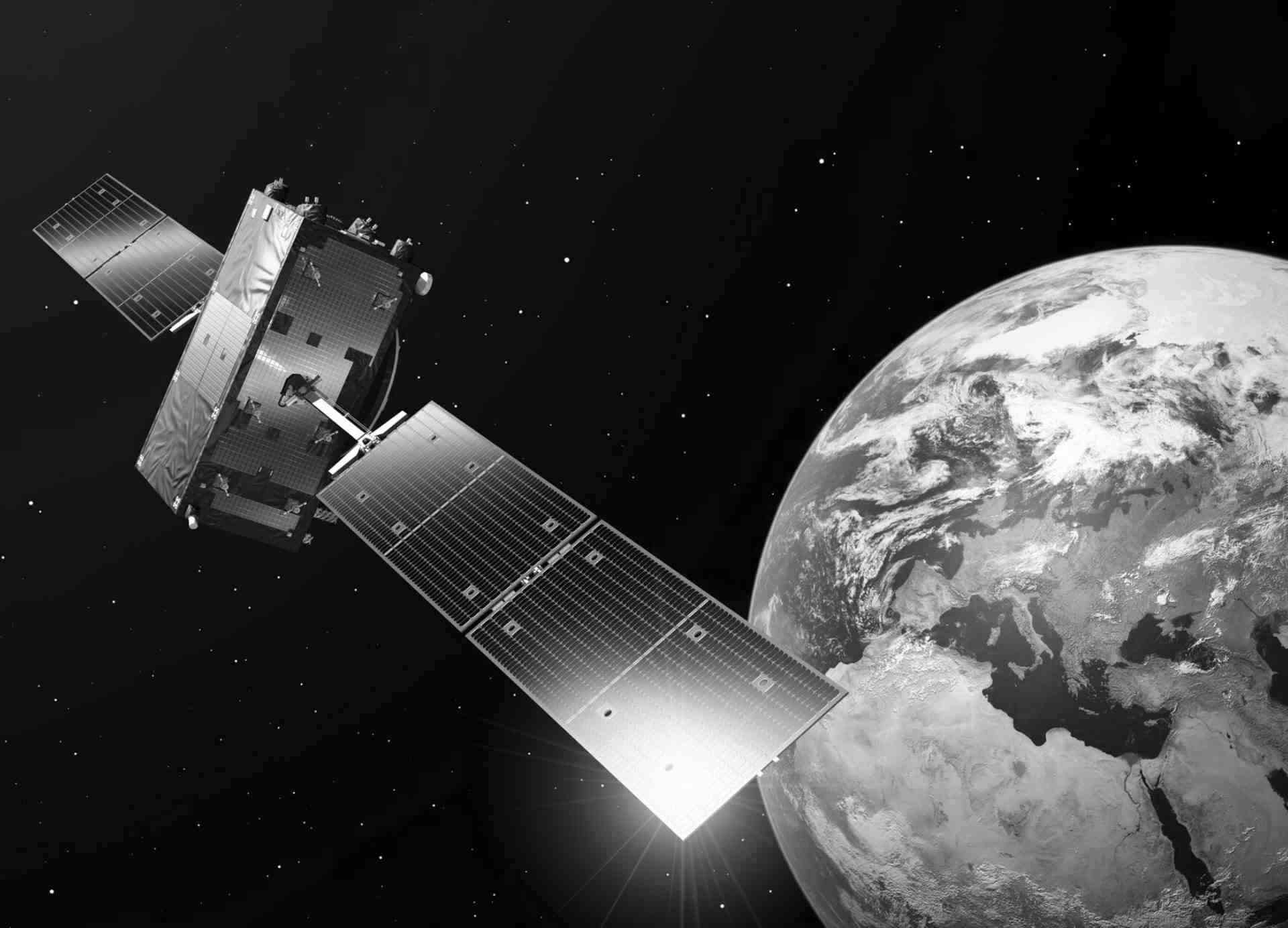Satellite - based Urban Heat Island mapping on CREODIAS
Spatial transformations and an increased share of imperviousness surfaces make cities the places with the most intense impact on the microclimate. The temperature difference can be as high as 10 degrees Celsius compared to undeveloped rural areas. The CREODIAS platform provides data and all necessary tools to better explore spatial relations that help map and prevent the negative effects of the urban heat island phenomenon. We described the challenges of creating urban spaces that better meet people's needs in times of climate change in this article.
Factors influencing the strength of the UHI phenomenon
The factors that have a massive impact on the urban heat island phenomenon are:
- Albedo and infrastructure absorb urban heat by increasing the air and surface temperature by thermal storage capacity.
- Reduced vegetation in urban areas that minimizes the positive cooling effect of evapotranspiration processes and valuable shade
- Lack of surface water reservoirs
We can conduct a detailed study of the phenomena using the Copernicus Services that offer products such as CLMS Collection which includes ready-to-use GIS spatial layers valuable for more effective mapping of the origins of the urban heat island phenomenon. These products include information related to:
- Imperviousness surfaces raster data
- Vegetation high-resolution layers
- Surface water data
- Other related products
CREODIAS platform offers a repository of ready-to-use 30 PB Earth observation data (current and archive) and cloud services that allow for effective spatial analyses crucial for a better understanding of the urban climate.

Thermal satellite sensors
Thermal Infrared sensors measure the temperature of the surfaces of the Earth at different locations around the Globe. These calculations can be used both for agricultural purposes and for the study of phenomena occurring in urban space. The CREODIAS platform offers access to thermal sensor data in a cloud computing environment, and access to both near-real-time and historical data (more about archive data in this article), which allows for calculating land surface temperature based on data sets ever since 1984. CREODIAS provides data that can be used for LST estimation captured by the following satellites:
- Landsat 5
- Landsat 7
- Landsat 8
- Modis: Terra, Aqua
- Sentinel 3
For the calculations below, we have used the Landsat 8 satellite data due to its relatively high spatial resolution of the thermal satellite channel (10, 11) of 100m.
Land Surface Temperature calculations on JupyterHub
We have used Landsat 8 satellite scene data to make calculations in the JupyterHub environment and then calculated Land Surface Temperature to indicate areas with the highest surface temperatures.

The results of the analysis indicate the areas that significantly contribute to the UHI phenomenon. These are areas of dense urban development, extensive concrete parking lots, and large buildings that are absorbing and accumulating a huge amount of heat.

Copernicus EO Data as the common good of EU citizens
Remote sensing techniques can be applied to analyze the phenomena occurring in urban areas in a more objective manner. The results of the land surface temperature analysis indicate that it is possible to counteract the negative effects of UHI by:
- introduction of new green areas for highly urbanized areas
- revitalization and transformation of urban industrial areas
- Introduction of street greenery
- preservation of the existing green areas
- creation of green rooftops and elevations
The extensive usage of EO data will provide faster and more sustainable economic growth through better use of resources. This is key to achieving sustainable development goals driven by space innovations.

Author: Maciej Jurzyk, Earth Observation Product Specialist at CloudFerro
Co-author: Jacek Chojnacki, Junior Data Scientist at CloudFerro
